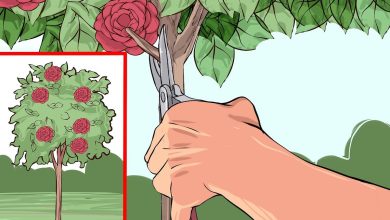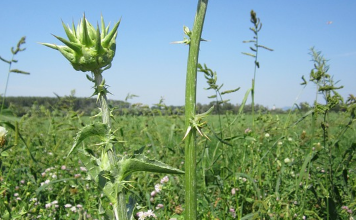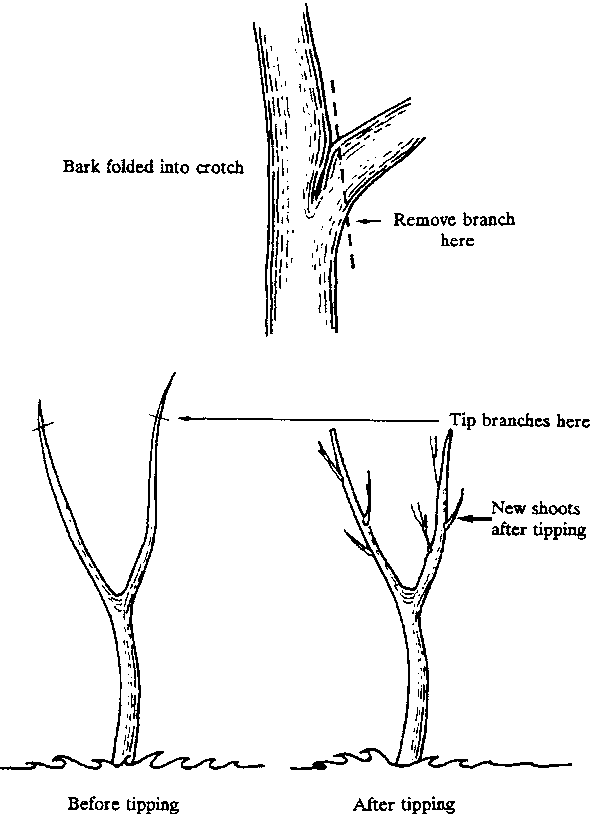How to plant cassava


Arracacia xanthorrhiza
Mandioquinha, also called mandioquinha-parsley, baroa potato, baroa and parsley potato, is a plant native to the Andes that reaches up to 120 cm in height. Its tuberous roots are consumed cooked or roasted in many types of recipes, and can have an internal white, yellow or purple color.
Climate
Mandioquinha needs a mild climate, with temperatures between 14 ° C and 21 ° C to develop well, but can tolerate slightly higher or slightly lower temperatures. Although it is possible to grow it at low altitude, the mandioquinha grows best between 1000 m and 2500 m in altitude.
Brightness
The mandioquinha can be grown in full sun or in partial shade.

Ground
The mandioquinha must be grown in fertile soils, rich in phosphorus, light, deep, well drained, without stones and other debris. Heavy clayey soils and compacted soils are not very suitable, as they hinder the growth of their roots. The ideal soil pH is between 5 and 6, but can reach up to 6.8.
Irrigation
Irrigate in order to keep the soil always moist, without being soaked. This plant is sensitive to a lack of water.
Planting
Planting is usually done by dividing healthy adult plants that have produced well. The mandioquinhas (the tuberous roots) are harvested, and the shoots that emerge from the soil are used for planting. These can be left in the water until roots emerge and are then planted.
Planting can also be done by seeds. However, the seed germination rate is quite low, and not all cultivars produce seeds.
The recommended spacing is 70 to 80 cm between rows and 40 cm between plants, which may vary with soil fertility, the region’s climate and the cultivar used. To facilitate the harvest, ridges can be made to plant the seedlings.
Cultivation
It is necessary to remove invasive plants that compete with the cassava for nutrients and resources, at least during the first three months of cultivation.
To increase productivity, it is recommended that inflorescences be removed as soon as they appear.
Harvest
The harvest of cassava can occur from 7 to 14 months after planting. Harvesting should be done when the leaves start to turn yellow, or at most a month later. After this period, the roots tend to become fibrous and have an unpleasant taste. On older plants, only the youngest roots should be harvested.
Young leaves can be eaten raw or cooked. Older leaves and leaf stems (petioles) can be eaten after cooking.


![Photo of Ceibo: [Cultivation, Irrigation, Care, Pests and Diseases]](https://www.complete-gardening.com/wp-content/uploads/2022/08/ceibo-cultivation-irrigation-care-pests-and-diseases-390x220.jpg)

